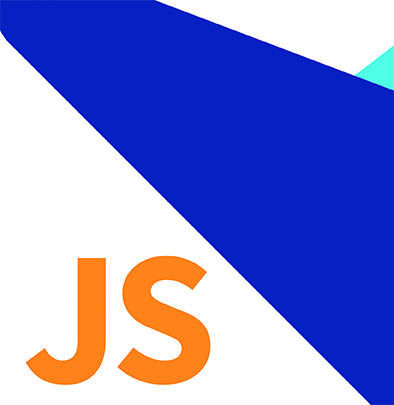Reducing vulnerability: Demand for and supply of microinsurance in East Africa
by Monique Cohen, Michael McCord and Jennefer Sebstad
Dec 1, 2003
1 min
It examines the demand for risk management tools by the poor and gathers experience of seven institutions providing microinsurance to satisfy this demand in Uganda, Kenya, and Tanzania
This paper synthesizes the findings from two studies carried out in Uganda, Kenya, and Tanzania. It examines the demand for risk management tools by the poor and gathers experience of seven institutions providing microinsurance to satisfy this demand. This paper identifies three major risks faced by poor people in East Africa: death of an income earner, illness, and property loss resulting from theft and fire. It reviews poor people’s current options for managing these risks and differences by gender and wealth levels. It then discusses implications for microinsurance, considering issues of coverage, access, timeliness, and affordability. The research findings reveal a huge opportunity for microinsurance in the low-income markets of these countries as the formal insurers cover only the top five to ten percent of the population and the rest are left to fend for themselves. The paper includes practical lessons for designing and delivering insurance products drawing on the views and experiences of clients, potential clients, and the institutions that aim to serve them.
 by
by  Dec 1, 2003
Dec 1, 2003 1 min
1 min


Leave comments